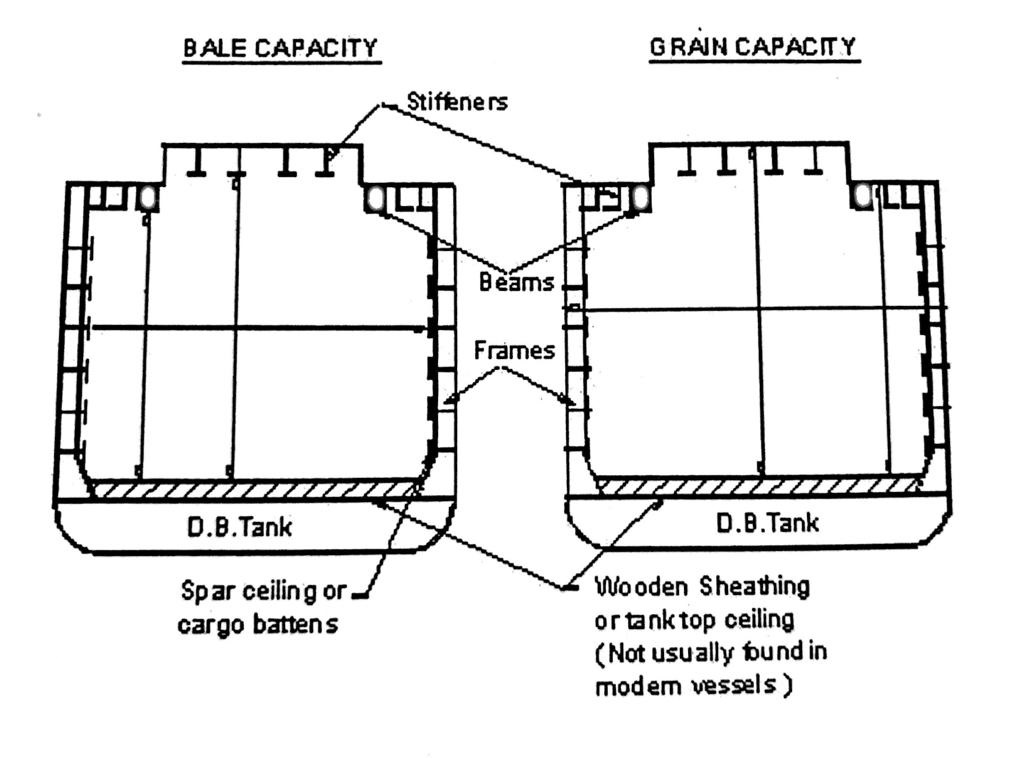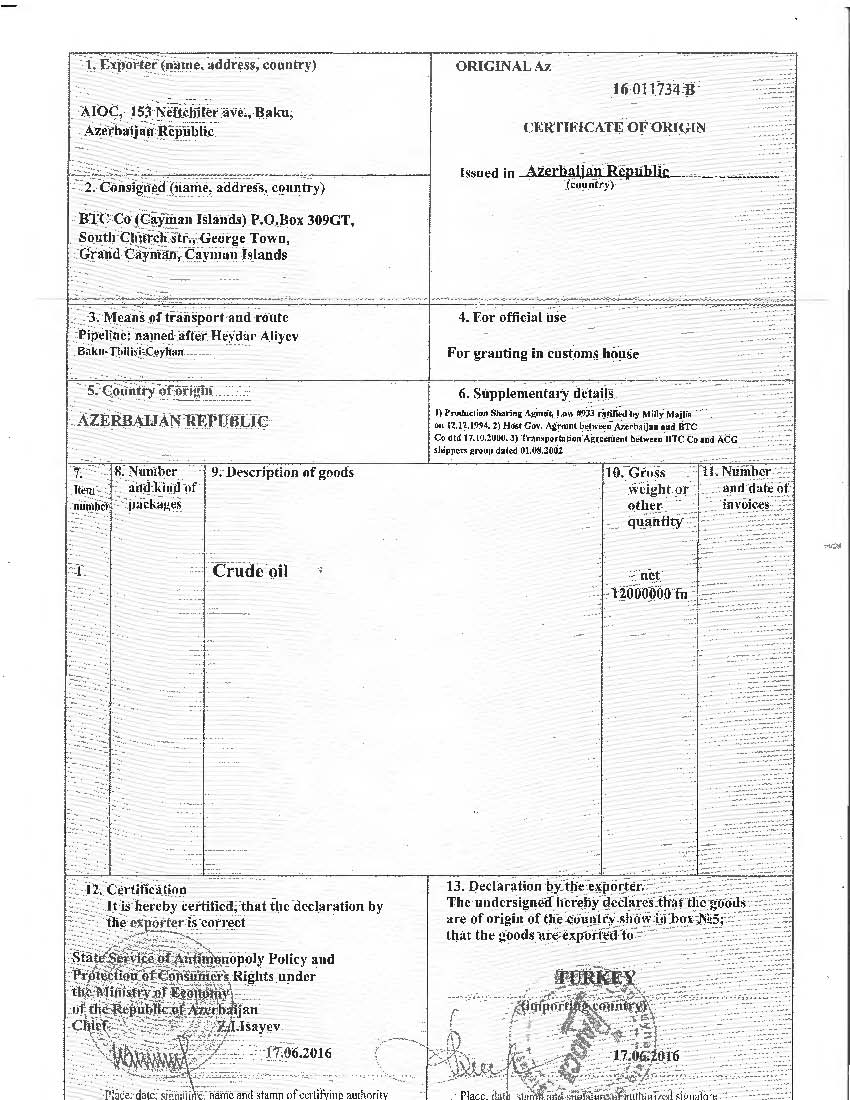Cargo Calculation Work
Loading cargoes on board involves ensuring that the space available is used most efficiently. It is therefore first necessary to work out the spaces available, tonnage that can be loaded and the limitations that are paced by the cargo itself. The module takes into account









